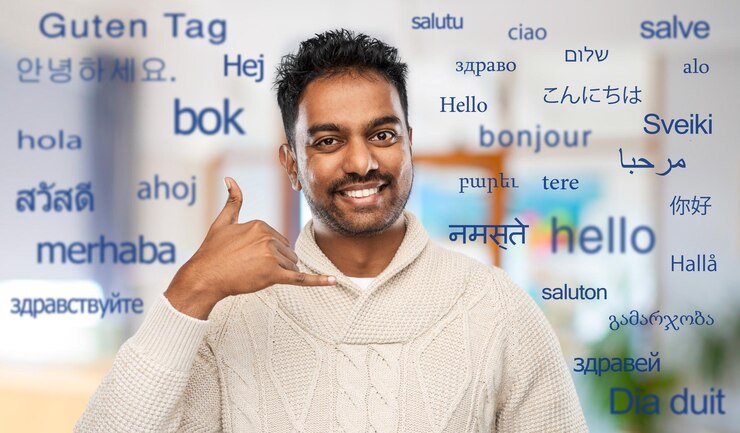Introduction to fordítóó
fordítóó represents the pinnacle of modern translation technology, offering users a seamless way to translate text between multiple languages instantly. Whether you’re a global business expanding into new markets or a traveler navigating foreign lands, tools like fordítóó have become indispensable companions.
History of Translation Technology
The journey of translation technology began modestly, with early attempts relying on simple rules and dictionaries. Over time, the advent of computers enabled more sophisticated approaches, leading to the development of machine translation (MT) systems.
Types of Translation Tools
Today, translation tools can be broadly categorized into Machine Translation (MT) and Computer-Assisted Translation (CAT). MT includes statistical and neural approaches, each with its own strengths in balancing speed and accuracy.
Popular Translation Software
Among the most widely used translation tools are Google Translate, DeepL Translator, and Microsoft Translator. These platforms leverage vast datasets and advanced algorithms to deliver near-instantaneous translations across a multitude of languages.
Advantages of Using Translation Tools
The benefits of employing fordítóó and similar tools are manifold. They enhance productivity by swiftly converting text, reduce operational costs associated with human translation, and facilitate seamless communication on a global scale.
Challenges in Machine Translation
Despite advancements, challenges such as maintaining contextual accuracy and handling idiomatic expressions remain. These complexities underscore the ongoing need for human oversight in critical translations.
Improvements in Neural Machine Translation
Neural networks have significantly enhanced translation quality by enabling systems to interpret context and nuances better. This has led to more fluent and natural-sounding translations across diverse languages.
Applications of Translation Tools
From facilitating international trade negotiations to aiding tourists in foreign countries, fordítóó plays a crucial role in various sectors. Its versatility extends to enhancing customer support and enabling cross-cultural collaborations.
How to Choose the Right Translation Tool
Selecting the appropriate translation tool depends on factors such as translation accuracy, language support, and integration capabilities with existing systems. Matching the tool’s capabilities to specific needs ensures optimal results.
Translation and SEO
For businesses operating globally, optimizing content for multilingual SEO is paramount. fordítóó aids in maintaining consistency and relevance across language-specific versions of websites and marketing materials.
Future Trends in Translation Technology
Looking ahead, ongoing advancements in AI promise even greater precision and adaptability in translation tools. Integration with other technologies like natural language processing (NLP) will further refine accuracy and user experience.
Case Studies
Real-world examples highlight the transformative impact of fordítóó. Companies leveraging these tools effectively demonstrate accelerated international growth and enhanced customer engagement through localized content.
Conclusion
In conclusion, fordítóó exemplifies how technology continues to break down linguistic barriers, fostering global connectivity and collaboration. As these tools evolve, so too does our ability to communicate seamlessly across languages and cultures.
FAQs about fordítóó
- How accurate are machine translation tools? Machine translation tools vary in accuracy but have improved significantly with advancements in AI and neural networks.
- Can translation tools handle complex languages? Yes, modern translation tools like fordítóó can handle complex languages, though accuracy may vary based on linguistic nuances.
- Are there privacy concerns with using online translators? Users should be cautious with sensitive information, as data privacy policies vary among translation tool providers.
- How does machine translation impact human translators? Machine translation complements rather than replaces human translators, offering efficiency while human translators ensure quality and nuance.
- What are the limitations of current translation technologies? Challenges include context sensitivity, idiomatic expressions, and domain-specific terminology, where human intervention remains crucial.
This article aims to provide a comprehensive overview of fordítóó and its impact on modern communication, combining technical insights with practical applications in a reader-friendly format.











